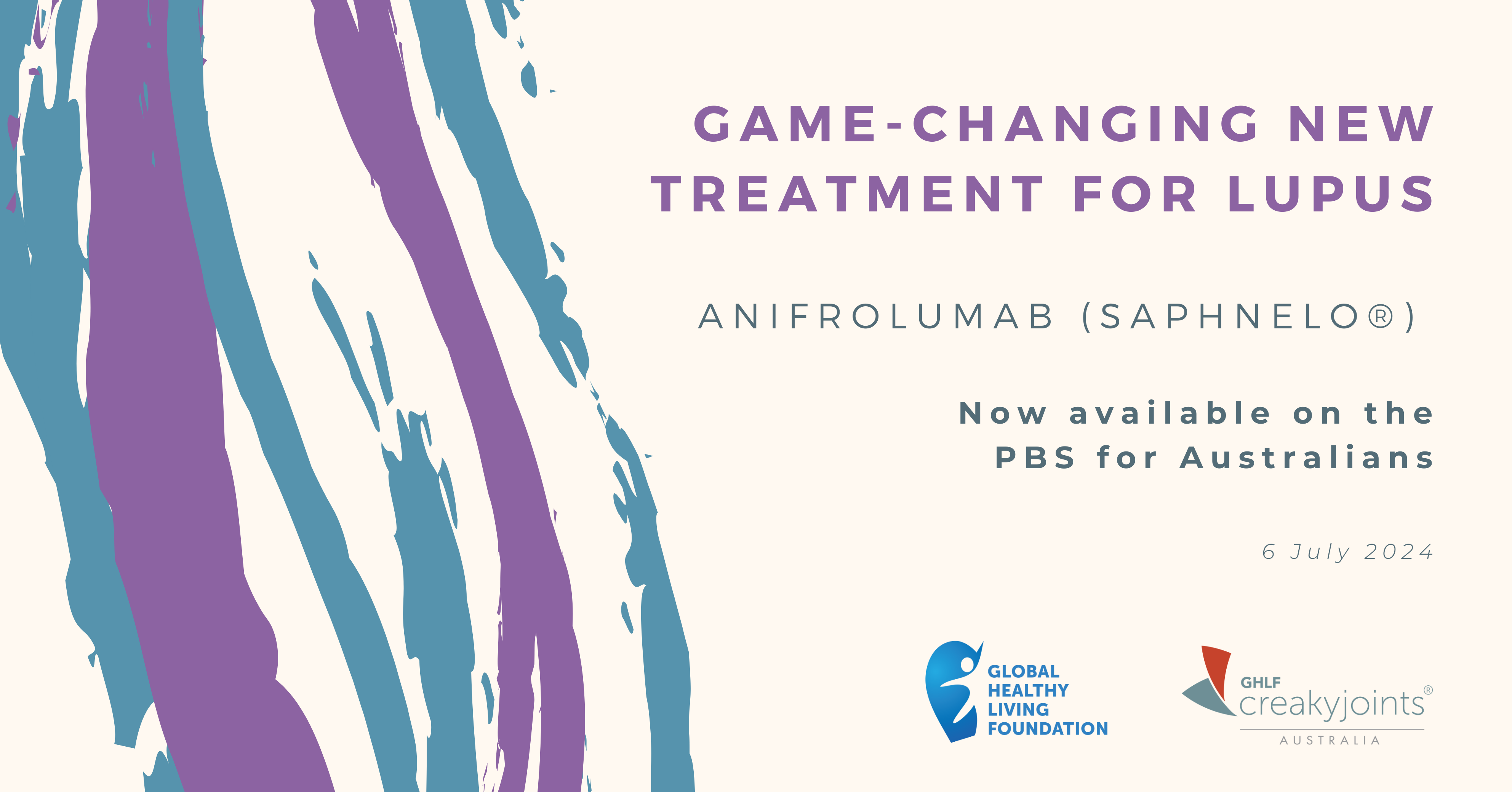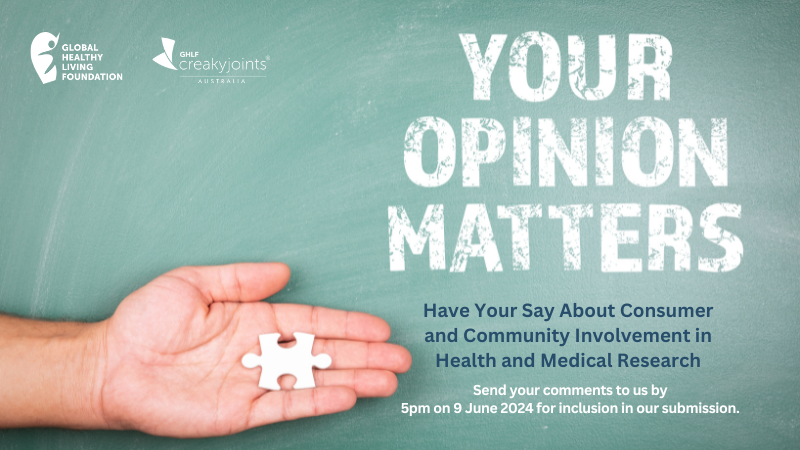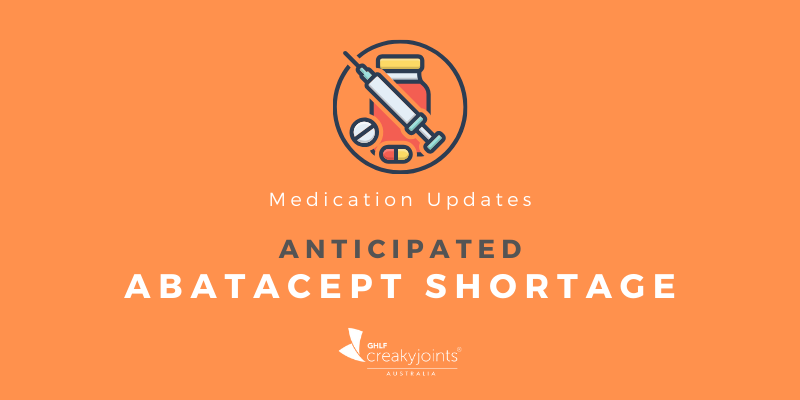

This article has been adapted, with permission, from a corresponding article by Stefanie Remson on the CreakyJoints US website. Some content may have been changed to suit our Australian audience.
Emotions make life fun. Emotions can be big and very powerful. Emotions are what have helped humans survive, and even have an advantage over other species. Emotions are what make us fall in love, make babies and fight for our lives. They are also what makes us run to safety in threatening situations. Emotions are part of the survival of the human race.
If you have been newly diagnosed with rheumatoid arthritis (RA), you have likely experienced a lot of big emotions. It may even feel like RA has taken control of your emotions and you have completely surrendered the driver’s seat! You are not alone.
Controlling these emotions can improve your RA outcomes and your quality of life. You may even have less pain, too. How does one stay in control of their emotions when first diagnosed with RA?
When I was first diagnosed with rheumatoid arthritis, I had a lot of big emotions. I had overwhelming anxiety and depression, especially at the beginning of my journey. Next, I had debilitating feelings of inadequacy. Then came loneliness. These emotions were so powerful that they would involuntarily consume me for long periods of time.
I was unable to focus on my family, my job and, most importantly, taking care of my own health. I knew that managing these big emotions was the key to thriving with RA. I would like to share with you how I managed these big emotions that came with my diagnosis of RA.
Depression
The depression hit me like a ton of bricks when I was first diagnosed. I was so very sad. I was deeply grieving the former me. I missed the person I used to be. I was especially in deep despair over no longer being able to golf, hold a book while reading for pleasure or do high-impact exercise.
This Swiss-American psychiatrist, Elisabeth Kubler-Ross, said that grief happens in stages:
- Denial
- Anger
- Bargaining
- Depression
- Acceptance
These can be applied to grief from a chronic illness diagnosis. They aren’t always linear and one does not always experience each stage. I can tell you, I spent most of my time after my RA diagnosis grieving in the depression stage.
In this extended time that I spent in the stage of depression, I had to dig deep and find new things that brought me joy. I had to find new things that I was physically and emotionally capable of doing. I found my love for gardening, audiobooks and weightlifting during this period of self-exploration. I never would have explored these activities if it weren’t for losing the ability to do the things that I used to. I couldn’t imagine my life without these activities today.
Anxiety
Along with depression came anxiety. The overwhelming dread and anticipation of what was next were crippling. One of the first things I learned when I was first diagnosed is that the only thing predictable about RA is the unpredictability. I constantly worried about making plans for fear of breaking them last minute due to debilitating pain or fatigue.
I even worried about buying clothes. I would look at pieces of clothing with zippers or buttons and think “What if on the day I wear it, I can’t get it on or off?”
I learned very quickly to have open, honest conversations with my family and friends about plans. I was not seeking sympathy, but flexibility and patience. We learned how to make plans and then make a “plan B” in the event I couldn’t do the original plan.
I have also found great ways to stay stylish, even in professional and dressy settings, without zippers or buttons. It’s amazing how many varieties of clothes are out there. Don’t underestimate what a great seamstress can do. With these adaptations, I am able to better manage my anxiety today.
Loneliness
Along with the depression and anxiety, I felt very lonely. First, I felt robbed of my ability to be intimate and passionate with my spouse. I felt unattractive from the stiffness and swelling. When I was first diagnosed, I completely stopped trying to be stylish. I lived in yoga pants and baggy T-shirts for a solid six months.
Second, I was too anxious to make social plans, so I didn’t see friends or family for those same six months. This emotion of loneliness took some creativity to conquer. I had to learn new ways to be intimate and reconnect with the people I love. I have since found intimate articles of clothing that I can easily put on and off by myself. I have learned the power of skin-on-skin connection, which does not always include intercourse. I have found ways to be physical together without straining my joints. This includes breaks, the use of accessories that are assistive and frequent position changes. I have also communicated that I may need a little more time to prepare or get dressed (or undressed).
My friends and family also know that I might need some help with basic dressing or getting ready to leave for an outing. All of this has actually made intimacy better and all of my relationships stronger. There is more communication, more connection and more consideration of each other all around.
Feelings of Inadequacy
Lastly, I felt inadequate in every role I had in life at that time. I felt as though I was not a good mother, spouse, friend or employee. I had to make big changes in how I parent and manage my home. I had to let go of dirty dishes, forget about laundry and re-prioritise what really mattered with my small children.
I had to ask for more help from friends and family. I found reliable services at reasonable costs to help with the stuff that my family couldn’t. I also had to ask my spouse and friends to have flexibility and grace with me when it came to time together. Sometimes we would pivot to “plan B,” but sometimes I simply don’t feel well enough to participate.
I changed jobs as well. I left the only job I had known for my entire adult life. Talk about a leap of faith. There was certainly a steep learning curve, but today I can say it was totally worth it. Now I work smart, not hard, and I’m so thankful that I made this change. I can confidently say that I have not felt inadequate because of my RA in any role in several years.
Managing the big emotions that came with my new diagnosis of RA has brought me countless new opportunities and improved my life more than I ever expected. I hope my story helps you manage your big emotions that come with a new chronic illness diagnosis.
Get Mental Health Support
We understand how difficult it can be to cope during these uncertain times, especially when you are living with chronic illness. It is important to talk to someone who can help, such as your GP. They can help you access a Medicare-subsidised GP Mental Health Treatment Plan that will allow you up to 20 appointments with an appropriate mental health professional per patient per calendar year.
The Australian Government’s healthdirect website has an extensive list of mental health resources on their website. These include services offered by various levels of government, local communities and the private sector. Here are other mental health resources for your reference:
- headspace (for people aged 12 to 25 and their families) — call 1800 650 890 or chat online
- Beyond Blue (anyone feeling depressed or anxious) — call 1300 22 4636 or chat online
- Black Dog Institute (anyone affected by mood disorders) — online help
- SANE Australia (people living with a mental illness) — call 1800 18 7263 or chat online
- This Way Up (anyone with stress, anxiety and depression) — online courses
- MindSpot (people with anxiety and depression) — call 1800 61 44 34 or complete an online screening assessment.
If this article has raised feelings that concern you, visit the Lifeline website or call 13 11 14.
Join the CreakyJoints Australia Community
Becoming a CreakyJoints Australia member takes just a few minutes. You’ll receive our members’ e-newsletter featuring:
- Reliable information about arthritis types and treatments.
- Tips for managing daily life with arthritis and related conditions.
- Personal stories from people living with similar conditions to you.
- Links to our podcasts featuring interviews with health clinicians and patients.
- Surveys to help us discover what’s important to you.
Keep Reading
Sturgeon J, et al. “Affective Disturbance in Rheumatoid Arthritis: Psychological and Disease-Related Pathways.” Nature Reviews Rheumatology. September 2016. doi: https://doi.org/10.1038/nrrheum.2016.112




